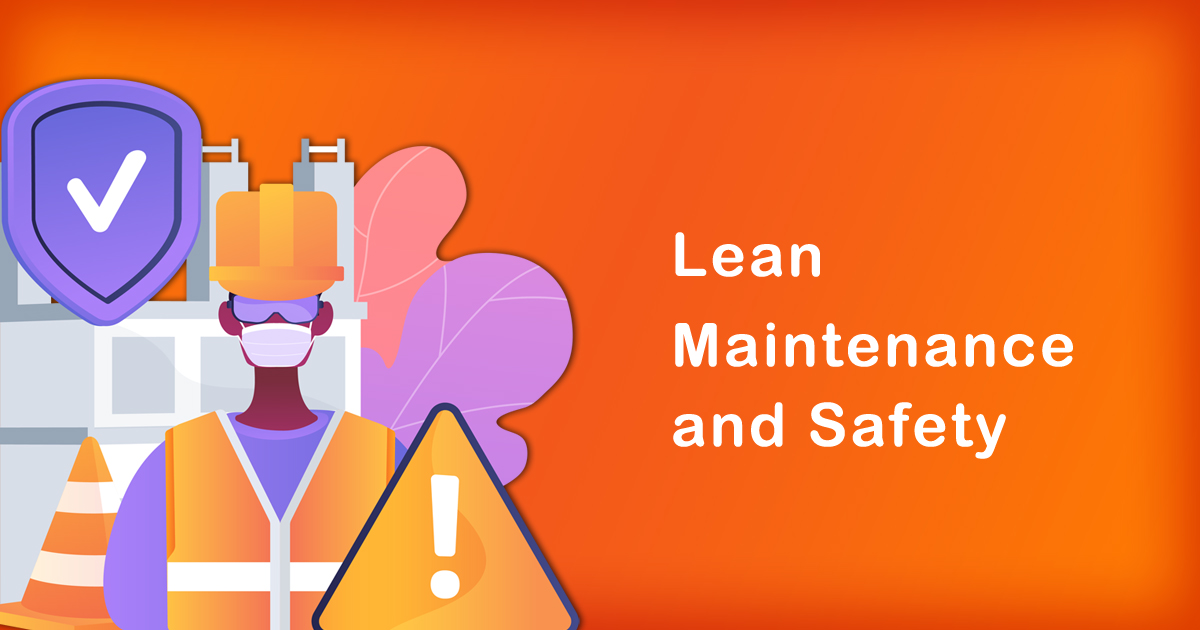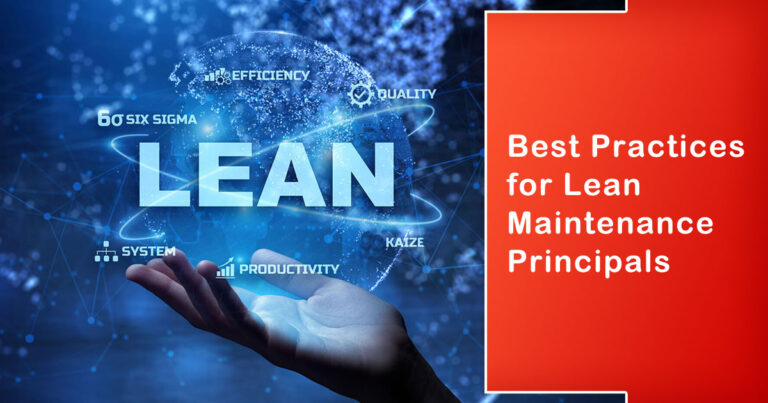In today’s fast-paced business environment, organizations are under immense pressure to improve their productivity while reducing their costs. In this context, Lean Maintenance and Safety has emerged as an effective way to create a safe and efficient work environment. By implementing Lean Maintenance and Safety practices, companies can not only reduce their maintenance costs but also improve their safety record, resulting in improved productivity and reduced downtime.
Lean Maintenance and Safety focuses on reducing waste, improving efficiency, and increasing safety in maintenance activities. The primary goal of Lean Maintenance and Safety is to identify and eliminate waste in maintenance activities, resulting in improved efficiency and reduced costs. The methodology is based on the principles of Lean Manufacturing, which emphasize the importance of continuous improvement, teamwork, and c+ustomer satisfaction.
The key to implementing Lean Maintenance and Safety practices is to ensure that everyone involved in maintenance activities understands the importance of safety and efficiency. This includes maintenance personnel, supervisors, and management. It is essential to provide training and education to all employees to ensure that they are aware of the risks associated with maintenance activities and how to minimize those risks.
Research has shown that organizations that implement Lean Maintenance and Safety practices can reduce their maintenance costs by up to 50% and improve their safety record by up to 90%. This is because Lean Maintenance and Safety practices focus on identifying and eliminating waste in maintenance activities, resulting in reduced downtime, improved productivity, and improved safety.
One of the key benefits of Lean Maintenance and Safety is that it creates a culture of continuous improvement. By identifying and eliminating waste in maintenance activities, companies can continuously improve their processes, resulting in increased efficiency and reduced costs. This also leads to improved safety, as employees are constantly looking for ways to minimize the risks associated with maintenance activities.
Another benefit of Lean Maintenance and Safety is that it encourages teamwork. By involving all employees in the maintenance process, companies can create a culture of collaboration and teamwork, resulting in improved communication, increased efficiency, and improved safety. This is because all employees are aware of the risks associated with maintenance activities and are working together to minimize those risks.
The implementation of Lean Maintenance and Safety practices can also improve the overall safety record of an organization. This is because the methodology focuses on identifying and eliminating risks associated with maintenance activities, resulting in improved safety for employees. Research has shown that organizations that implement Lean Maintenance and Safety practices can reduce their injury rates by up to 50%.
It is important to note that the implementation of Lean Maintenance and Safety practices requires a significant investment of time and resources. However, the benefits of implementing these practices far outweigh the costs. Organizations that implement Lean Maintenance and Safety practices can reduce their maintenance costs, improve their safety record, and create a culture of continuous improvement.
In conclusion,
Lean Maintenance and Safety is a methodology that focuses on reducing waste, improving efficiency, and increasing safety in maintenance activities. By implementing Lean Maintenance and Safety practices, organizations can reduce their maintenance costs, improve their safety record, and create a culture of continuous improvement. It is important to ensure that everyone involved in maintenance activities understands the importance of safety and efficiency and to provide training and education to all employees. The implementation of Lean Maintenance and Safety practices requires a significant investment of time and resources, but the benefits far outweigh the costs.







